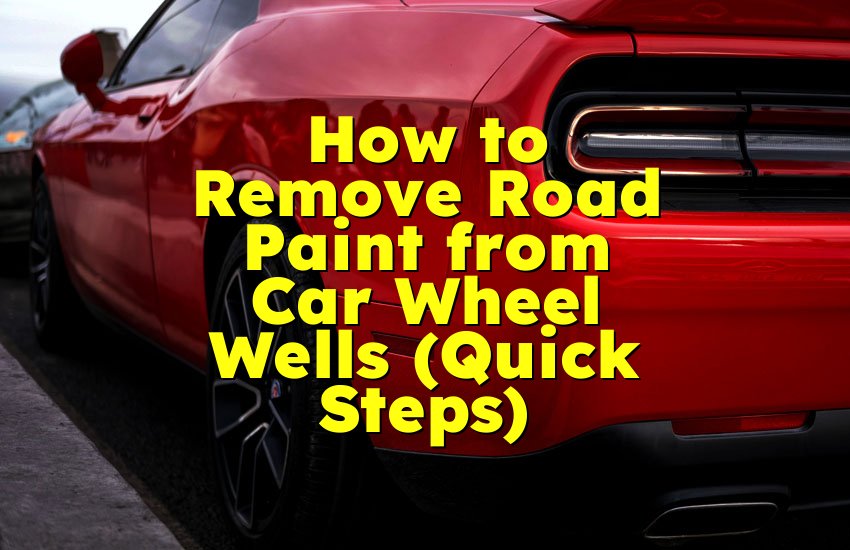As an Amazon Associate, I earn from qualifying purchases at no extra cost to you.
Ceiling Height For Car Lift : Maximize Efficiency with the Right Clearance
The recommended ceiling height for a car lift is typically between 11 to 12 feet. Installing a car lift requires adequate clearance to accommodate the height of the lifted vehicle, as well as the space needed for the lift’s columns.
A proper ceiling height ensures safe and efficient operation of the car lift, allowing enough room for the vehicle to be lifted and lowered without any obstructions or restrictions. Ceiling height is an important consideration when planning the installation of a car lift, as it directly affects its functionality and usability.
Make sure to measure your ceiling height accurately to determine if it meets the requirements for installing a car lift.

Credit: www.garageliving.com
Importance Of Ceiling Height For Car Lifts
When it comes to installing a car lift in your garage or auto workshop, ceiling height plays a crucial role. The clearance between the top of the extended car lift and the ceiling is a determining factor for smooth operation and safety. It is essential to understand the importance of having adequate ceiling height to accommodate car lifts. In this post, we will explore the factors to consider and the benefits of ensuring sufficient clearance.
Factors To Consider
- Maximum lift height: The first and most vital factor to consider is the maximum height the car lift can achieve. Different types of car lifts have varying height requirements. Knowing the maximum lift height of the specific lift you intend to install is crucial for determining the minimum ceiling height required.
- Vehicle dimensions: The size of the vehicles you plan to lift should be taken into account. Larger vehicles such as trucks, SUVs, or vans require additional clearance due to their height and dimensions. Ensure the ceiling height allows for comfortable maneuverability of such vehicles on the car lift without risking damage to the ceiling or the vehicle itself.
- Additional overhead space: Besides the car lift, you need to consider the space required for any additional accessories or attachments. These can include lighting fixtures, utility lines, or storage units. Remember to factor in this overhead space when calculating the necessary ceiling height for your car lift.
Benefits Of Adequate Clearance
Providing sufficient ceiling height for your car lift offers several benefits, making it a worthwhile investment in your garage or auto workshop.
- Safe and efficient operation: With adequate clearance, you can operate the car lift smoothly and efficiently. Ample space ensures there are no obstructions or risks of damage to the vehicle, ceiling, or lift structure.
- Flexibility: Sufficient ceiling height allows you to work with a wide range of vehicle sizes and styles. This flexibility is especially beneficial if you plan to service different types of vehicles.
- Future-proofing: By accounting for future needs and considering the maximum lift height and vehicle dimensions, you can ensure your car lift installation remains viable for years to come. It eliminates the need for costly modifications or replacements down the line.
- Increased resale value: A garage or auto workshop equipped with a car lift and sufficient ceiling height can enhance the overall value of the property. If you ever consider selling or renting out the space, having this feature will be appealing to potential buyers or tenants.

Credit: www.amazon.com
Determining The Appropriate Ceiling Height
Before installing a car lift in your garage or automotive shop, it is crucial to consider the ceiling height requirements. The appropriate ceiling height not only ensures the smooth operation of the lift but also prevents any damage to the vehicle or overhead structures. In this article, we will explore the factors that determine the suitable ceiling height for car lifts and discuss the minimum clearance requirements and different types of car lifts.
Minimum Clearance Requirements
When it comes to ceiling height for car lifts, the minimum clearance requirements are an essential consideration. Different types of car lifts have varied clearance requirements due to their design and functionality. Generally, a minimum ceiling height of 11 feet (3.4 meters) is recommended for a standard two-post car lift. This height allows for the lift to be fully extended without hitting the ceiling or any overhead obstacles. However, it is important to check the specific manufacturer instructions for the model you are interested in, as some lifts may require slightly more clearance.
If you opt for a four-post car lift, the minimum ceiling height requirement increases to around 12 to 15 feet (3.7 to 4.6 meters). This additional height is needed to accommodate the extra height of the lift structure and the vehicle when it is raised. Again, it is crucial to refer to the manufacturer’s guidelines for accurate clearance requirements for specific models.
In case you are considering a scissor lift or a low-rise lift, the minimum clearance requirements are usually lower compared to two-post or four-post lifts. These types of lifts typically require a ceiling height of about 9 to 10 feet (2.7 to 3 meters), allowing them to fit in garages or shops with lower ceiling heights. Always consult the manufacturer instructions for precise clearance measurements.
Types Of Car Lifts
When determining the appropriate ceiling height for your car lift, it is essential to consider the type of lift you intend to install. Here are the common types of car lifts and their respective clearance requirements:
| Car Lift Type | Minimum Ceiling Height Requirement |
|---|---|
| Two-Post Car Lift | Approximately 11 feet (3.4 meters) |
| Four-Post Car Lift | Around 12 to 15 feet (3.7 to 4.6 meters) |
| Scissor Lift | About 9 to 10 feet (2.7 to 3 meters) |
These are just general guidelines, and it is crucial to check the specifications provided by the manufacturer to ensure proper clearance for each individual lift. Failing to meet the minimum clearance requirements can lead to safety hazards and damage to your vehicle or property.
Now that we have examined the minimum clearance requirements and different types of car lifts, you can make an informed decision when it comes to determining the appropriate ceiling height for your car lift installation. Remember to consider the specific requirements of the lift you plan to use and prioritize safety and functionality.
Maximizing Efficiency With Proper Ceiling Height
When it comes to utilizing a car lift efficiently, ceiling height plays a crucial role in ensuring smooth operations and safety in the workspace.
Enhanced Safety Measures
Proper ceiling height allows for safe operation of car lifts without the risk of damage or accidents.
Optimizing Workflow
With sufficient headroom, technicians can work comfortably and efficiently on vehicles, improving workflow and productivity.
Making Adjustments For Lower Ceiling Heights
When it comes to installing a car lift in a space with limited ceiling height, there are several options to consider. Making adjustments for lower ceiling heights can be a challenge, but with the right approach, it’s possible to accommodate the installation of a car lift in a confined space without compromising functionality.
Utilizing Low-rise Car Lifts
Utilizing low-rise car lifts is an effective solution for working within low ceiling height constraints. These lifts are designed to accommodate spaces with limited vertical clearance, making them ideal for residential garages or commercial facilities with lower ceilings. Low-rise car lifts typically offer a lifting capacity suitable for most vehicles while requiring minimal overhead space.
Modification Options
When faced with a lower ceiling height, there are modification options available to ensure that a car lift can still be installed and utilized effectively. Some of these options may include adjusting the design of the lift system, utilizing alternative lift types, or implementing structural modifications to create additional clearance.

Credit: www.garageliving.com
Conclusion
When considering ceiling height for a car lift, safety and functionality are key. Proper clearance ensures smooth operation and prevents accidents. Whether in a personal garage or professional workshop, choosing the right height is crucial. Make sure to follow manufacturer recommendations for a seamless lift experience.











